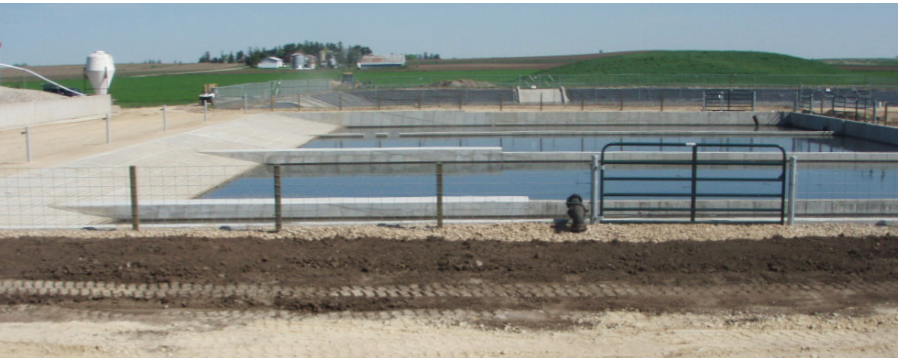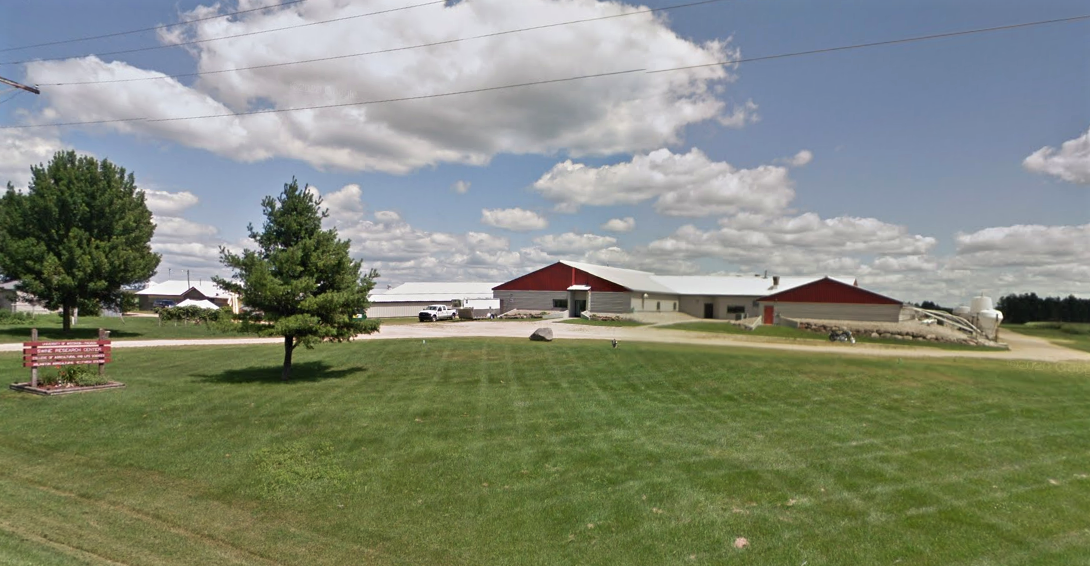The Swine Research and Teaching Center (SRTC) is instrumental in providing the education and research needed to support a healthy swine industry across Wisconsin and the greater Midwest. The facility is part of the UW-Madison Agricultural Research Station (ARS) in Arlington, Wisconsin – a collective of farms and agricultural facilities that support programming of the College of Agricultural and Life Sciences at the University of Wisconsin-Madison.
The SRTC houses a 250-sow breeding herd, with a total working capacity of over 1,500 pigs. The center includes four animal wings, an education wing and a core support area with surgery and lab space, totaling over 40,000 square feet.

New concrete settling basin
The SRTC was looking to improve functionality and capacity of its waste transfer system and settling basin to ensure operability throughout all seasons. Piping would occasionally freeze during winter months and overall operations needed room to accommodate future growth.
MSA was asked to design a new liquid waste transfer pump station and force main that would convey swine barn waste into a new settling basins. The design focused on allowing the force main to drain backwards to minimize the risk of freezing shallow-buried pipes. The design works by allowing the pipes to automatically drain and vent without the use of expensive mechanical controls.
To address increased system capacity, MSA designed a new, multi-cell concrete settling basin which is easier to maintain and allows for planned upgrades such as the addition of chemical feed equipment to separate phosphorus and nitrogen from the waste stream. The new settling basin took future plans into consideration and will allow for a proper mixing and settling capacity when the chemical feed is eventually added.
The project scope for SRTC included a full evaluation and renovation of the facility’s electrical system and control panels, due to modifications necessary to accommodate the new piping and submersible pump. The MSA team provided electrical evaluations, recommendations, and designs for the system, which will sustain operations and allow room for growth in years to come.

